The 12 scariest books we've ever read: 'Mexican Gothic,' Stephen King and other ghastly frights
Sometimes it's fun to be scared when you know the monsters can't get you.
Clearly, a lot of people feel that way, or else Stephen King wouldn't be one of the world's bestselling authors, killer doll Chucky wouldn't have a new TV series and we wouldn't be on our 12th "Halloween" movie.
Horror is a cathartic genre, a place where we can explore our deepest anxieties and traumas, relive our worst nightmares and purge ourselves of the nagging fears that could otherwise overwhelm our psyches. Plus, it's more fun and cheaper than therapy.
This Halloween season, the staff at USA TODAY is sharing the spookiest, most spine-tingling books we've ever read, including one of King's best, a demented graphic novel and a work of true crime that's scarier than anything a novelist could dream up.
So grab a cozy blanket, fix yourself a cup of cider, sit down with one of these 12 books and prepare to have your life ruined – in a good way.
From 'The Shining' to 'The Birds': 25 horror movies to watch before you DIIIIIIIIIIIIE
Anthony Michael Hall didn't get a horror boost after '80s stardom. But it's here now in 'Halloween Kills'

'Leave the World Behind,' by Rumaan Alam
Alam’s recent masterpiece in literary horror is scarier for what it doesn’t show than what it does (though what it does show is plenty scary). A comfortably middle-class family vacations at a remote rental house over a long weekend when the home’s owners show up at the door, claiming there’s been an emergency and a complete blackout in the city. The two families warily cohabitate while all around them signs multiply indicating something is grievously wrong with the world: sudden alien sounds, animals behaving strangely, a woman weeping on the side of the road, a teenager’s healthy teeth falling out. Is it war? A terrorist attack? A nuclear disaster? Sometimes it’s not knowing that’s the scariest. – Barbara VanDenburgh
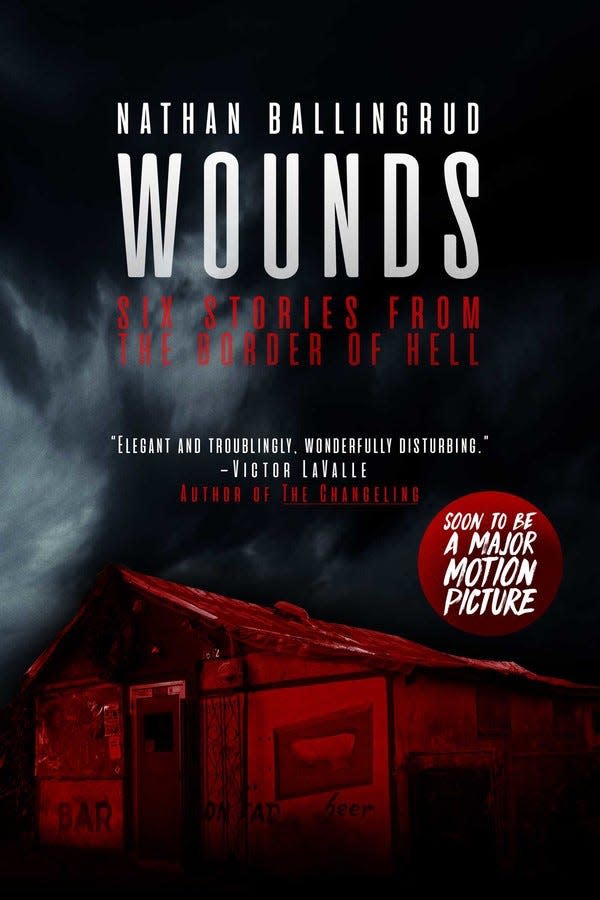
'Wounds: Six Stories from the Border of Hell,' by Nathan Ballingrud
I expect horror fans will be reading and rereading "The Butcher's Table," the anchor story of this collection, for years to come. The salty brigands of the pirate ship Butcher's Table ferry a group of Satan worshipers "into the Dark Water" for the Feast of the Cannibal Priest and "a wedding at the lip of Hell." "So it's a love story then," Captain Toussaint says. After a perilous voyage pursued by “carrion angels,” the fearless crew sits down for dinner in a dead angel's skull. The table is set, the cutlery is laid out, but not all the guests are secure in their place on the food chain. Ballingrud gives us an epic adventure of infernal swashbuckling, burnin' love, double-(upside-down) crosses and gore by the gallon. – Jonathan Briggs

'Occultation,' by Laird Barron
The horror story is a form versatile enough to accomplish many things, but its basic root purpose is to scare the reader. And Barron writes some scary stories. The highlight of his second volume of short fiction, a novella titled "–30–," brings the creepy with both claws. Two researchers work at a remote outpost in an unforgiving wilderness when nature stops acting natural. If bugs are your phobia, this story will crawl straight into your nightmare closet. "–30–" starts slowly, softly, with disembodied whispers, strange sounds, midnight knocks at the door, then gradually, steadily cranks up the paranoia to a climactic pitch of mindless terror. Barron can even make a sunset unsettling: "He limped across a plain that stretched beneath a wide, carnivorous sky." – Briggs

'House of Leaves,' by Mark Z. Danielewski
There comes a page while reading "House of Leaves" when you have to fend off visceral chills. Then they keep coming until you find yourself awake at 3 a.m. unable to put down this binge-able labyrinth of a novel. The premise: a blind man dies and leaves behind heaps of papers describing a "Blair Witch Project"-type film about a family who moves into a home that's bigger inside than it is outside. An expedition into a dark and cold abyss within the house follows. Horror ensues. Don't let the experimental format dissuade you (there are footnotes and pages that require some neck-stretching). If you don't remember the last time you got lost in a book, this one will do it. – Kristina Bravo
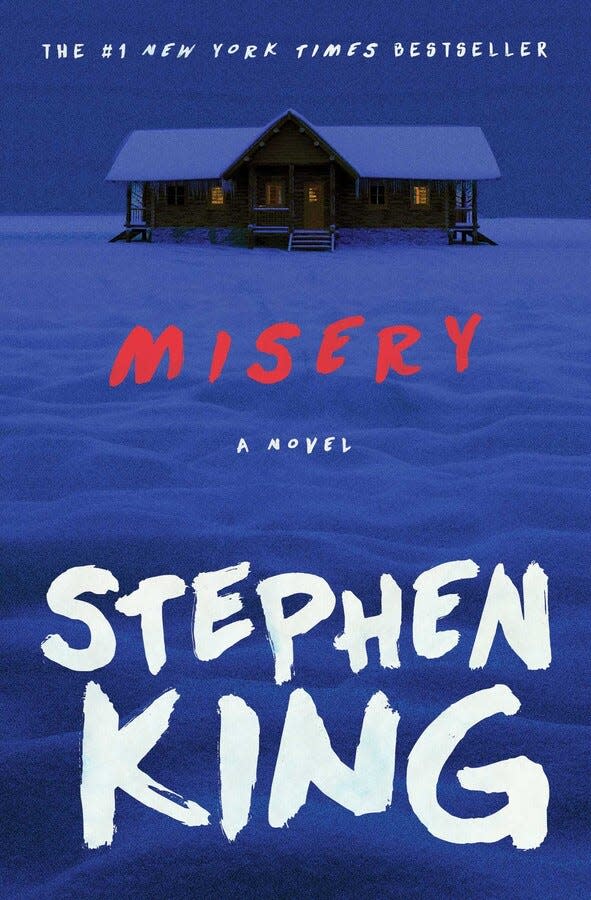
'Misery,' by Stephen King
I was one of King's Constant Readers as a young kid, way before I should have been, usually on the down low and much to my mom’s displeasure. And even though I was pretty used to the horror he put on the page, reading “Misery” as a teen messed me up. Inspired by King’s own celebrity and his struggle with drugs and alcohol, the story of bestselling romance author Paul Sheldon’s snowy car crash and the chilling psychological terror that unfolds under the “care” of his super-fan Annie Wilkes was turned into a popular movie starring James Caan and Kathy Bates. But it doesn’t disturb you to the bone like King’s prose. The film's infamous “hobbling” scene is so, so much worse in the book, as are several others, mainly because the legendary master of horror sparks the darkest depths of your imagination like nobody else. – Brian Truitt

"The Devil in the White City," by Erik Larson
Hollywood in its darkest dreams could not come up with something as lurid as this true story of the 1893 World's Fair in Chicago and the killer who prowled its grounds. The story is told through the eyes of two men: the fair’s renowned architect, Daniel Burnham, and Dr. H. H. Holmes, the cold-blooded, blue-eyed murderer widely regarded as America’s first urban serial killer. In the prologue, titled “Evils Imminent,” the author tells us: “Beneath the gore and smoke and loam, this book is about the evanescence of life, and why some men choose to fill their brief allotment of time engaging the impossible, others in the manufacture of sorrow. In the end it is a story of the ineluctable conflict between good and evil, daylight and darkness, the White City and the Black.” So what’s so scary about this story? It really happened. – Robert Abitbol
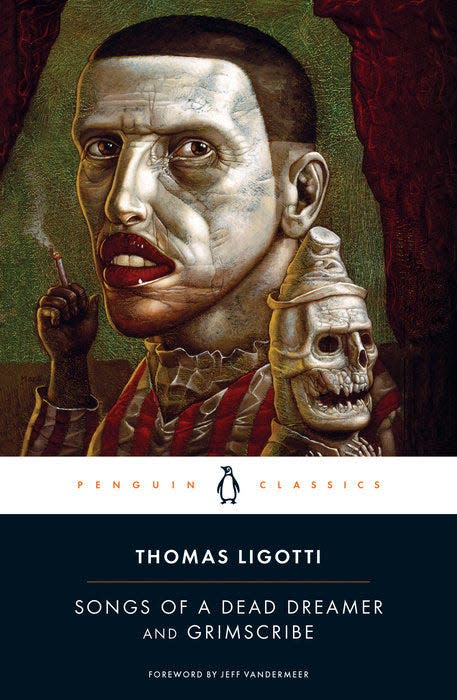
'Songs of a Dead Dreamer and Grimscribe,' by Thomas Ligotti
Penguin Classics laid out a big bowl of treats for horror fans in this collection of short stories. If you like your world outlook deeply, unsettlingly weird and your only exposure to Ligotti has been through the filter of Rust Cohle on “True Detective,” you might wanna risk a look. If you have no plans this Halloween, this would be a dandy book to curl up with and keep chilly company. Fans of Edgar Allan Poe, H.P. Lovecraft, David Lynch, nihilism, surrealism, mordant/morbid humor, or just general gibbering lunacy are likely to find something of interest. There are scary clowns. – Briggs
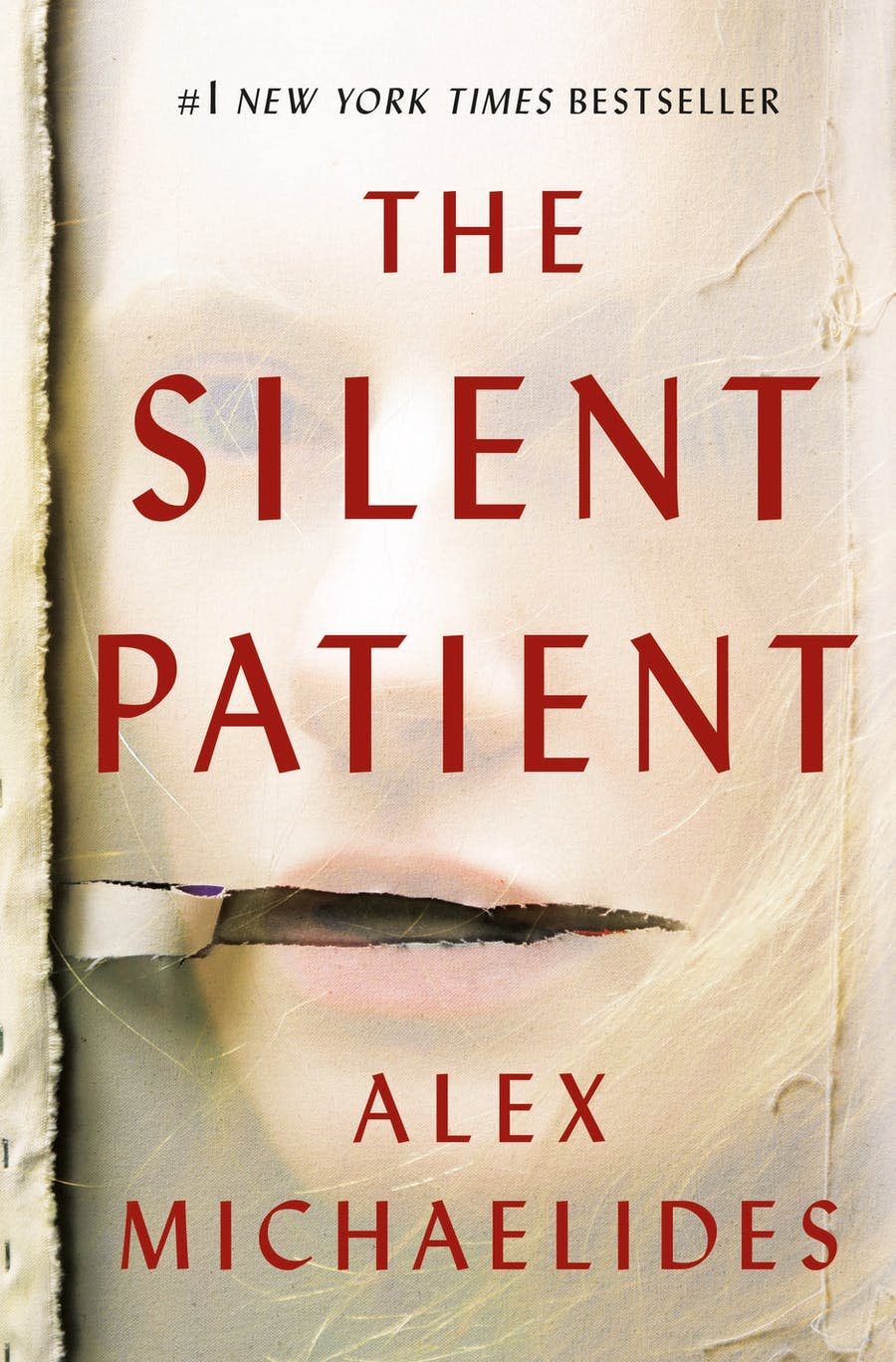
'The Silent Patient,' by Alex Michaelides
If you're into psychological thrillers with a mind-bending twist, this is the book for you. "The Silent Patient" is based on a woman who lives a seemingly perfect life as a celebrated painter in a loving relationship. Then, one day, her husband comes home and she shoots him five times in the face. And never speaks a word again. The tale is told through the eyes of the psychologist trying to treat her. What she doesn't say in words she says through her paintings, which are dark, disturbing and visceral. Michaelides' debut novel explores how our past trauma defines us and how our insecurities manifest in relationships of great intimacy. I couldn't tear myself away from this magnetic book, and I spent hours contemplating it even after I had finished reading. – Michelle Shen
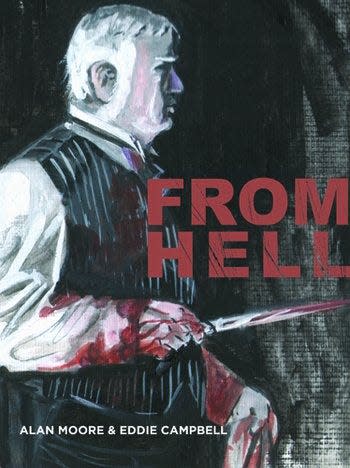
‘From Hell,’ by Alan Moore and Eddie Campbell
Jack the Ripper has, if you’ll pardon the wording, been done to death in pop culture. But no one’s had a scarier, more mind-bending take on the Victorian-era serial killer than that of the wild-haired occultist and mad man of comics, Alan Moore (“Watchmen,” “V for Vendetta”). This graphic novel, which uses as its inspiration a theory that the Ripper murders were part of a royal conspiracy to conceal an illegitimate birth, is not for the faint of heart, and I don’t just mean because of all the murder: It’s a doorstop of a book, dense with dialogue, annotations and bleak black-and-white artwork. Moore’s take is less about proving any one theory than it is using a theory to flay open the very nature of evil. The book’s visuals of the Ripper’s final murder and vivisection are nauseatingly graphic, but it’s Moore’s depiction of the killer as a psychic gateway to all the horrors of the 20th century that would follow that makes it truly haunting. – VanDenburgh

'Mexican Gothic,' by Silvia Moreno-Garcia
There should be a separate category for anxiety-inducing novels. As you read "Mexican Gothic," you become equally desperate as protagonist Noemí to get her cousin Catalina out of an isolated mansion in the Mexican countryside. Everything is confusing and, in true thriller form, you can't see the full picture until it's too late because like the reader, Noemí is learning everything for the first time. Moreno-Garcia does a great job of making fantasy realistic. You're always expected to suspend belief when reading fiction, but it's much more gratifying when the scenario you are thrust into makes sense. Moreno-Garcia created a charming, feisty, intelligent, complex and real person in Noemí. I wish she would write a prequel novel to "Mexican Gothic"; the backstory she created is rich and complex enough for it. And minor characters make a strong impact – whether they're alive or not. – Josh Rivera
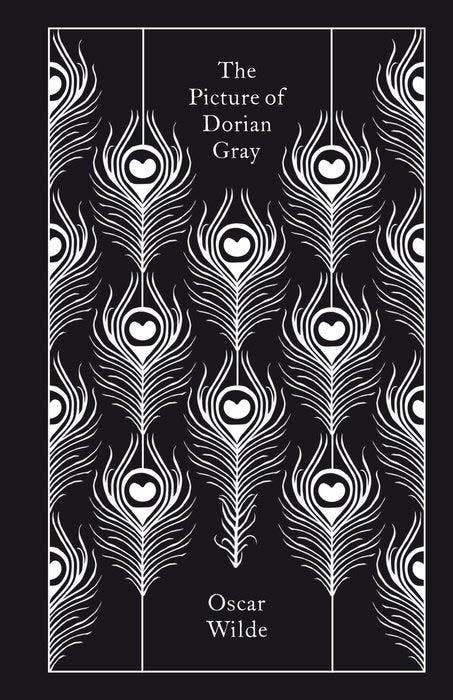
'The Picture of Dorian Gray,' by Oscar Wilde
As a queer man, I know a thing or two about resisting aging. But that doesn’t mean I have a portrait in my attic decaying – growing older and uglier in my stead – in an effort to stave off nature’s inevitable course. Meet Dorian Gray, who does have such a portrait. The eerie tale has everything you could possibly want this Halloween season: fancy clothes, parties, homoeroticism and a whole lot of betrayal. Well, I’ll take everything but the betrayal and the creepy painting. This painting idea kept me up at night, not to mention how Dorian’s life derails once his actions finally start begetting consequences. If pain is beauty, consider Dorian’s tale the most beautiful you’ll ever read. – David Oliver
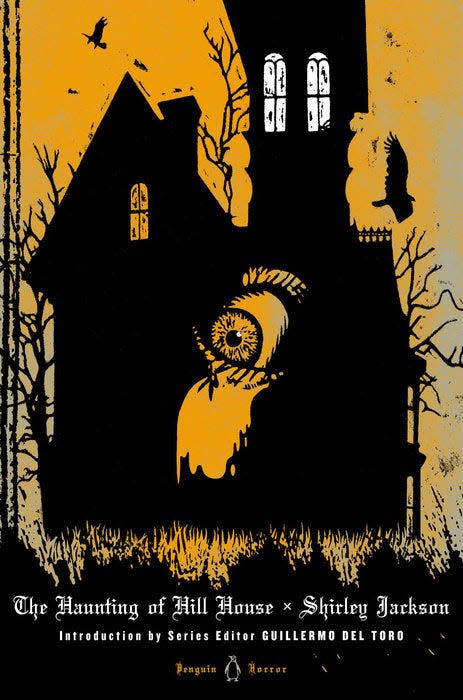
'The Haunting of Hill House,' by Shirley Jackson
The book begins with a Dr. Montague inviting four guests to stay at Hill House for the summer, hoping to find evidence of the supernatural. The home has a history of suicide and strange occurrences. Jackson is a master of exploiting the reader's imagination. Her simple and sublime prose about a home that could possibly be haunted is unnerving, and I found myself alternating between holding my breath and breathlessly turning the pages. Jackson sets the stage to hold the reader's mind hostage with what could come next. It’s the uneasy journey where Jackson excels, so much so that while reading, one becomes acutely aware of even the slightest noise. And that was with the lights on. – Mary Cadden
Banned Books Week: We defend 30 challenged books including 'Beloved' and '1984'
This article originally appeared on USA TODAY: Stephen King, 'Mexican Gothic': The scariest books we've ever read

 money
money 